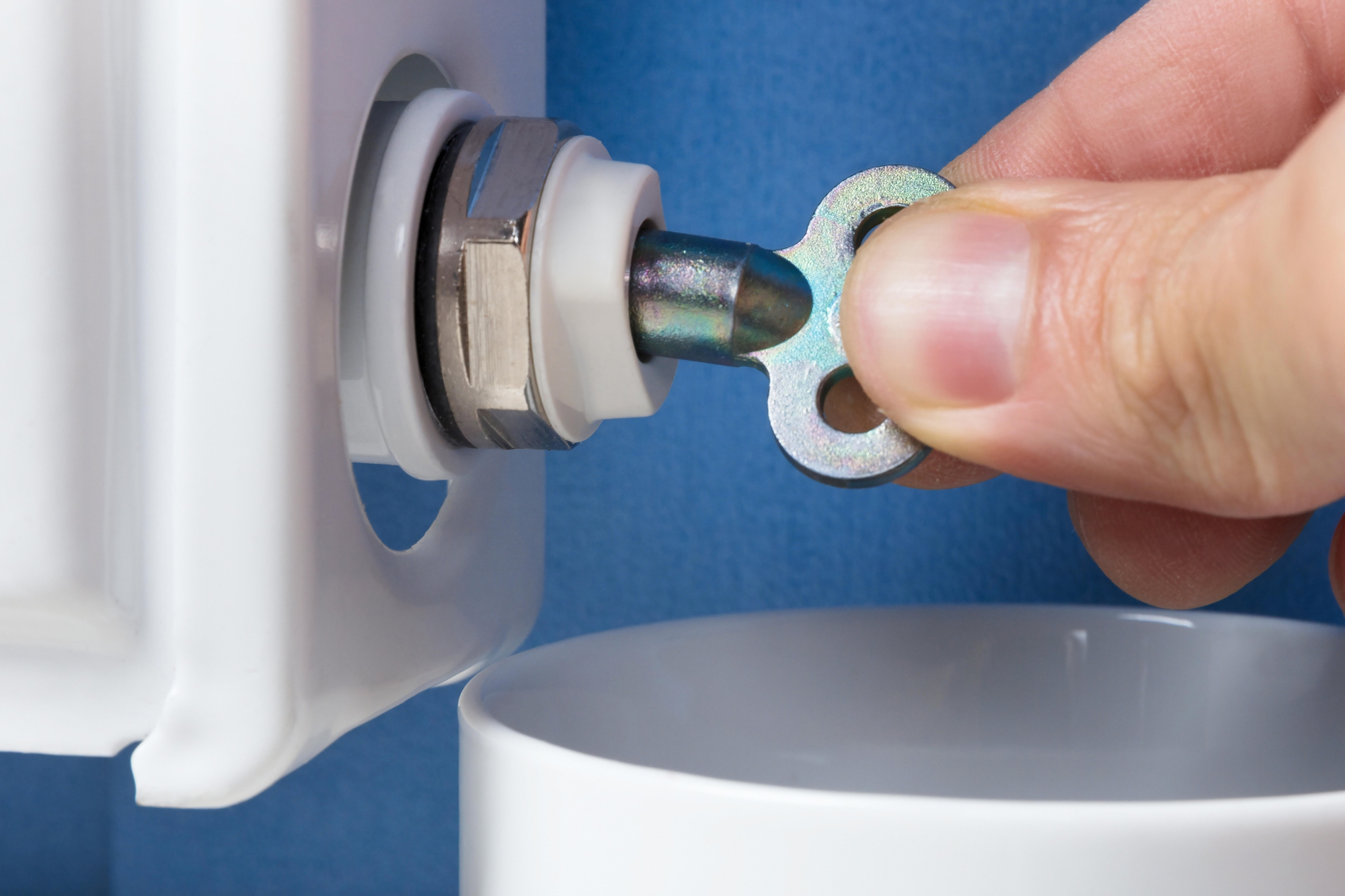Radiators are meant to heat evenly from top to bottom. But if you’ve ever noticed the bottom glowing hot while the top stays stubbornly cold, the culprit is usually trapped air. This not only makes the room feel chilly, it also forces your boiler to work harder, wasting energy and money.
Bleeding radiators is a simple DIY task that anyone can do with a few minutes to spare. You don’t need to be particularly handy – just a radiator key, a cloth, and a bit of patience. In this guide, we’ll cover why it matters, how to do it, and how often it should be done.
Why Do Radiators Need Bleeding?
Over time, air bubbles can enter the central heating system. Unlike water, air rises, which means it collects at the top of radiators. Since the air pocket blocks hot water from filling the radiator completely, the top feels cold while the bottom warms up.
The effects are:
-
Reduced heat output.
-
Uneven heating in the room.
-
Boiler working harder to compensate.
-
Higher energy bills.
Signs a Radiator Needs Bleeding
Look out for:
-
Radiators cold at the top, warm at the bottom.
-
Gurgling or bubbling noises when the heating comes on.
-
Slower time to heat the room.
-
Boiler pressure dropping unexpectedly.
Tools You’ll Need
-
You can pick up a radiator key cheap from DIY shops or Amazon (As an Amazon Associate I earn from qualifying purchases).
-
A cloth or rag to catch drips.
-
A container (optional) for water.
Step-by-Step Guide
-
Turn Off the Heating
Always start with the heating switched off and radiators cooled. This prevents scalding water escaping. -
Locate the Bleed Valve
At the top of each radiator is a small square or slot – that’s the bleed valve. -
Insert the Key
Place the radiator key into the valve and grip firmly. Hold the cloth underneath. -
Turn Slowly
Turn anti-clockwise. You’ll hear a hissing sound – that’s air escaping. -
Close the Valve
When water begins to trickle steadily, tighten the valve again. Don’t overtighten – just snug enough to stop the drip. -
Check the Boiler Pressure
After bleeding several radiators, pressure may drop below the recommended level (usually 1–1.5 bar). If so, top it up using the filling loop.
How Often Should You Bleed Radiators?
Most households benefit from bleeding radiators once or twice a year – usually before the cold season starts, and again midway if necessary. If you notice uneven heating, do it sooner.
Extra Tips for Efficiency
-
Bleed radiators starting with the ones furthest from the boiler.
-
Consider a full system flush every few years to remove sludge and rust.
-
Insulate your pipes to prevent heat loss.
-
Use thermostatic radiator valves to balance temperatures between rooms.
Bleeding radiators is quick, safe and effective. With a simple key and a few minutes of your time, you’ll improve heating efficiency, reduce energy bills, and extend the life of your boiler. It’s one of the easiest home maintenance jobs – and one worth doing regularly.
